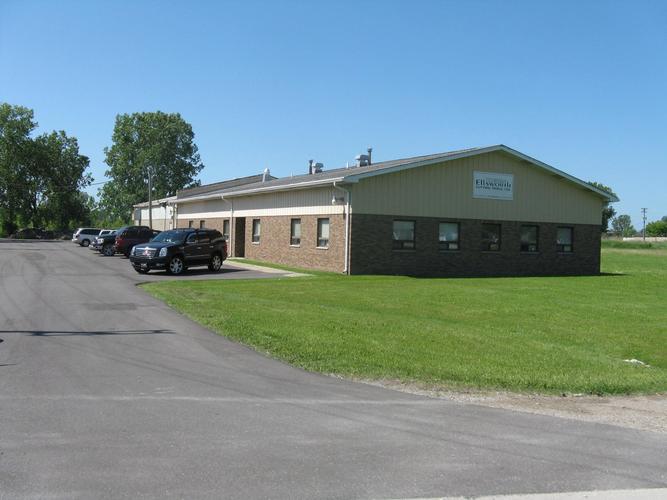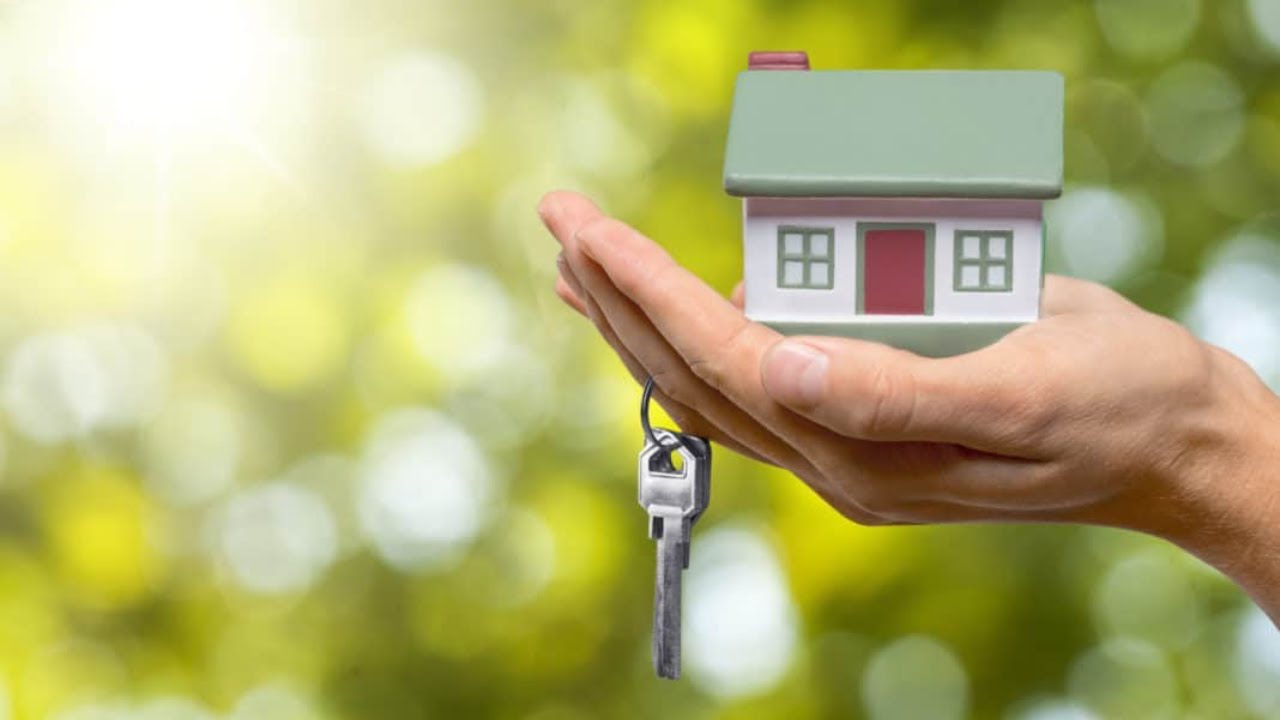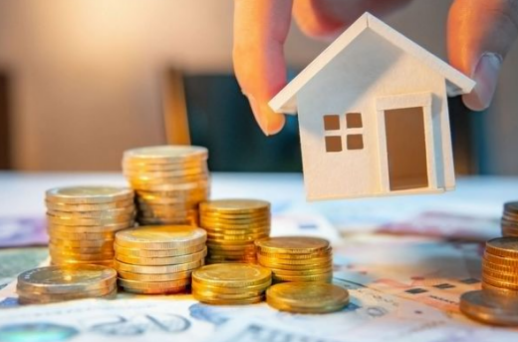In an era defined by housing shortages and climate urgency, 3D printing is revolutionizing construction. Pioneers like Austin-based ICON are now erecting functional, durable homes for as little as $40,000—challenging traditional real estate norms while addressing affordability and sustainability. Here’s a deep dive into this groundbreaking technology, viable investment markets, and what buyers need to know.
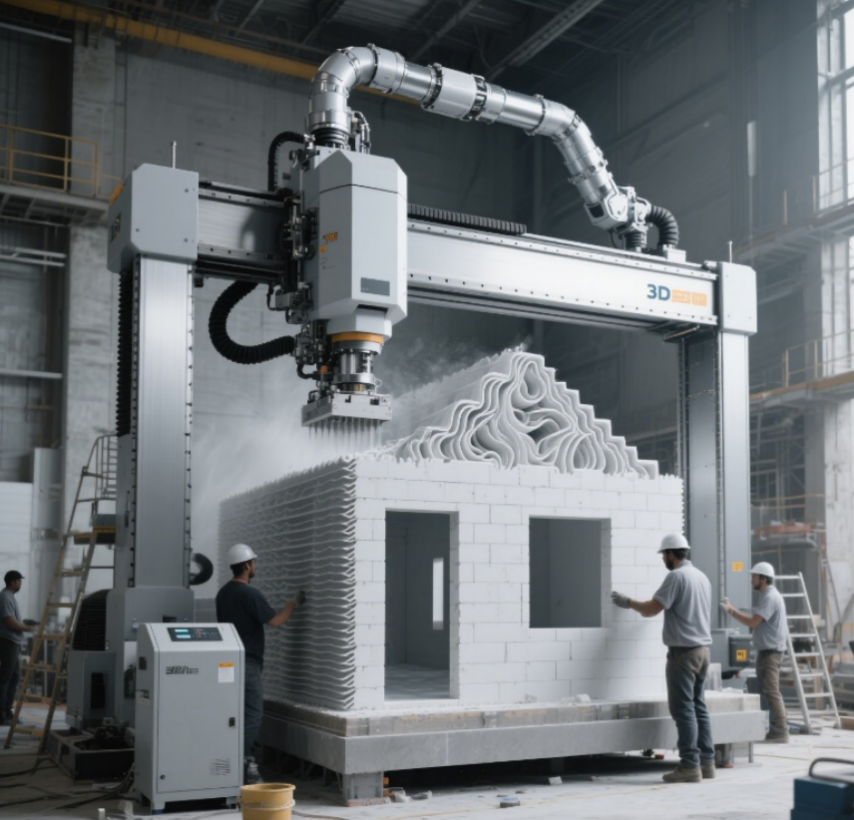
The Technology Behind Affordable 3D-Printed Homes
3D construction relies on robotic arms that layer proprietary materials—such as ICON’s Carbon X, a low-carbon concrete composite—into structural elements using digital blueprints. The process eliminates wasteful, labor-intensive steps like framing and molding: ICON’s Vulcan II printer can construct a home’s foundational walls in under 24 hours, reducing build time by 50% compared to conventional methods. This efficiency cuts material waste by 60%, with each 600–800 sq ft structure costing just $10,000–$15,000 for the printed shell alone.
Collaborations with organizations like New Story highlight its social impact. In 2021, the pair built 50 earthquake-resistant homes in Mexico’s Tabasco region for $4,000 per structure (excluding finishes), proving scalability in disaster-prone areas. By 2024, ICON’s upgraded Phoenix system aims to halve printing costs further through automated foundation work and optimized material usage, bringing the $40K fully finished home closer to mainstream reality.
Where to Invest in 3D-Printed Living
Global adoption is accelerating, with key markets offering accessible entry points:
United States: Texas leads the charge, with ICON’s Wolf Ranch community in Georgetown offering move-in-ready 3D-printed homes starting at $350,000. These Energy Star-certified properties feature smart home technology and customizable layouts via ICON’s AI design tool, Vitruvius, which allows buyers to create curved walls or built-in storage without premium costs. In Florida, Sq4D constructs hurricane-resistant modular homes in Miami-Dade County, compliant with the region’s strict building codes.
Europe: The Netherlands’ Milestone Project in Eindhoven is set to deliver the continent’s first 2–3-story 3D-printed homes by 2025, emphasizing circular design with recyclable components. France follows suit, as XtreeE partners with developers to build affordable social housing in Paris suburbs, targeting 20% cost savings over traditional builds while adhering to EU sustainability standards.
Emerging Markets: Mexico remains a frontier for impact-driven investment, with ICON and New Story offering financing plans as low as $30/month for families in Tabasco. These homes, reinforced with steel rebar, withstand seismic activity and tropical storms, demonstrating the technology’s adaptability to harsh environments.

Why 3D-Printed Homes Are a Future-Proof Choice
Beyond cost efficiency, these homes offer distinct advantages:
Sustainability: By using recycled industrial waste in materials like Carbon X, 3D printing cuts embodied carbon by 30% compared to standard concrete. Many models achieve LEED certification through energy-efficient designs, such as integrated insulation and solar-ready rooftops.
Resilience: High-strength printed materials meet or exceed global safety codes, resisting Category 5 hurricanes (as tested in Florida) and 7.5-magnitude earthquakes (per Mexico’s seismic regulations). Their monolithic walls also improve soundproofing and thermal performance.
Design Freedom: Unlike traditional modular homes, 3D printing enables organic shapes and personalized layouts at no extra cost. Software like Vitruvius lets buyers iterate designs in real time, from open-concept living spaces to adaptive layouts for multigenerational households.
From Blueprint to Homeowner: The Buying Journey
Purchasing a 3D-printed home follows a streamlined process:
Design Customization: Work with architects via platforms like ICON’s Codex catalog, which offers 60+ pre-approved layouts adjustable for size, style, and functionality.
Regulatory Compliance: Most regions now recognize 3D-printed structures, with standards like the U.S. ICC-ES AC562 and Europe’s ISO/ASTM 52939:2023 ensuring safety and quality. In the U.S., the FHA already approves mortgages for ICON’s developments.
Construction Timeline: Printing the shell takes 1–2 weeks; finishes like plumbing, electrical work, and interiors add 4–6 weeks. Total time from contract to keys: 3–6 months—half the industry average for traditional builds.
Challenges and the Path Forward
While promising, the industry faces hurdles: developing fire-resistant materials for multi-story homes and harmonizing global building codes. Educating buyers on durability remains key, though early adopters in markets like Eindhoven report high satisfaction, citing lower energy bills and unique architectural appeal. As economies of scale kick in, costs are expected to drop further, making 3D-printed homes a viable option for first-time buyers and real estate portfolios alike.
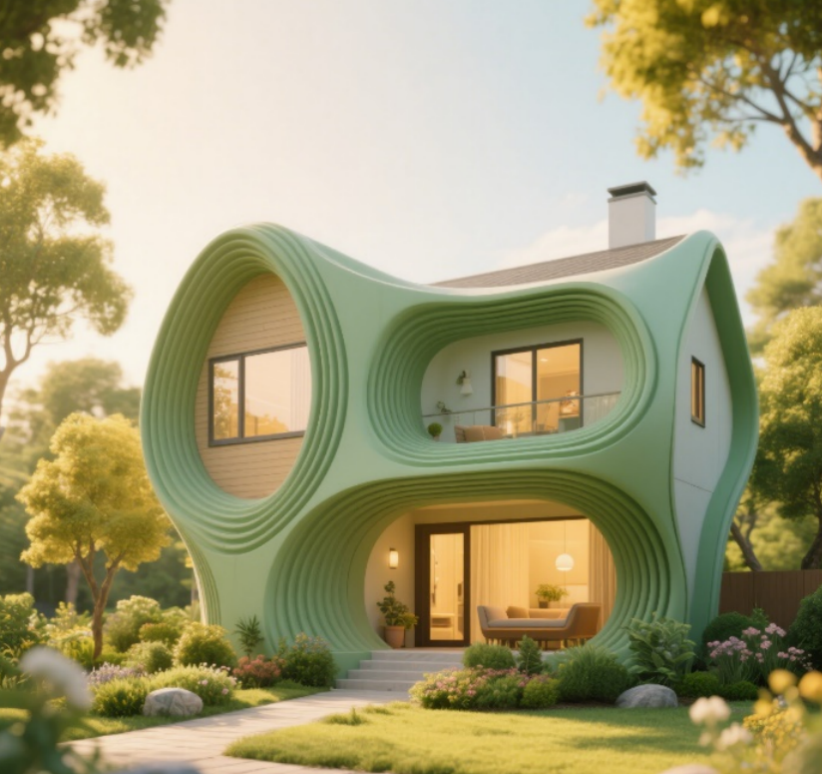
Conclusion
3D-printed housing isn’t just a tech novelty—it’s a solution to some of society’s biggest challenges. Companies like ICON have proven that quality, sustainability, and affordability can coexist, with $40K homes (for smaller models) no longer a niche concept but a scalable reality. Whether you’re seeking a starter home in Texas, a sustainable investment in the Netherlands, or a way to support affordable housing in Mexico, this technology offers a tangible step toward a more accessible and resilient built world. As the industry matures, the future of housing is being written—one printed layer at a time.



